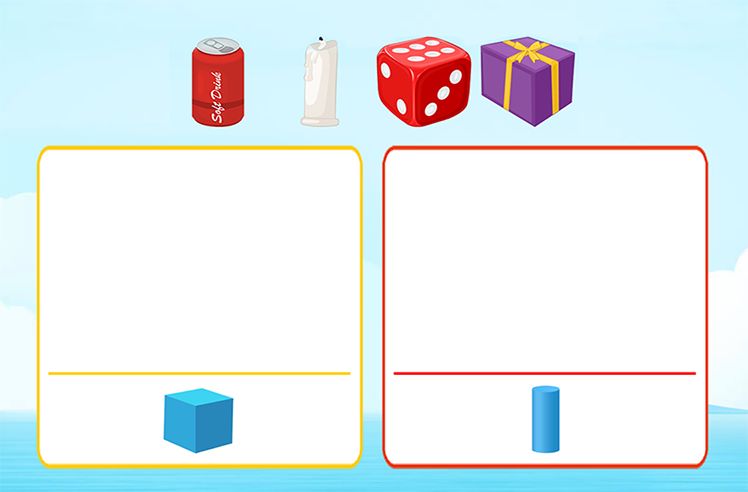
The cost of attendance should be outlined in a financial aid letter. This includes direct and indirect costs. The letter will also provide information about the family's financing options to pay for attendance. Federal financial aid is only available to families who can demonstrate financial need and fill the gap between what they have and what they have. This is particularly true for families applying to in-state public colleges tuition.
Cost of attendance
Your financial aid award letter will include information on your estimated costs to attend school. It includes tuition and fees, as well as living expenses and other fees. This information will allow you to determine whether you qualify for financial assistance. You can also estimate how much money is needed.
Colleges will charge students for tuition, fees, as well as room and board, travel expenses, among other costs. The COA usually falls into one of two categories: billable or not. The tuition and fees that are billable include those costs, which can be covered by federal grants, loans, gifts, and other state grants. Non-billable expenses include books, supplies, and miscellaneous costs. The rest is typically covered by student savings. Students may need to borrow money to cover the remaining costs in some cases.

Costs direct and indirect
Direct and indirect costs are two different ways to calculate the financial aid you will receive. Direct costs refer to the tuition you have to pay. However, indirect costs are any costs that you incur outside the college. These can include transportation, books, school supplies, technology, and personal expenses. Sometimes, colleges lump these costs together. It is important to understand all costs.
Direct costs are fees and tuition that you must pay to attend school. Indirect costs are the costs you incur over the course of the academic year that are not directly related to the educational objective. They include expenses such as rent, utilities, and other personal expenses. You must also account for rent, food, utilities, and other expenses if you live off campus.
Loans
A financial aid letter can provide loans to help students pay for school. Students do not need to borrow all of the federal loans available. They have the option to choose the amount they need later. Federal law gives students the right to up $5,500 in federal loans for their first year. Federal loans are not required to be repaid, and may come with terms that differ from private student loans.
Before accepting any loan, it's important to understand the terms and conditions. Some loans come with a subsidized option, while others may require a family contribution. Federal student loans tend to be the least costly type of student loan. These loans have flexible repayment options that can be adjusted to your income. It is best to explore all possible government loan options before you apply for private loans. To avoid being taken advantage of, make sure you understand all the terms and conditions of your loan.

Unsubsidized loans
Federal student loans can be obtained in either subsidized or unsubsidized form. The only difference between them is the interest rate, and when they begin accruing. Subsidized loans, which are based on financial need, don't accrue any interest during the deferment periods. These loans are paid in interest by the federal government.
You might be eligible to borrow as much as $20,000 from federal loans depending on your eligibility and grade. This chart illustrates the situation. The loan must be repaid within 120 days. Otherwise, interest will accrue. However, you can reduce the loan cost by returning any unused funds earlier.
In-house support
It is important that you carefully read the in-house financial assistance letter you have received. Keep in mind the following important information: how much aid the institution will provide, how much they expect you to contribute, and how much. It is also important to know the policies of your college or university, particularly if you receive a gift-aid award.
FAQ
How do I apply to college?
There are many options available for how to apply to college. Start by speaking with your high school admissions counselor. Many high schools offer online applications. Local colleges can also be reached directly. Many colleges accept applications via the Internet.
If you choose to apply via mail, fill out the application. You will also need to write a personal story and attach copies of all documents. The personal statement gives you an opportunity to share why you want to attend this particular institution and how it would benefit you. It is also helpful for admissions committee members to understand your goals, motivations, and values.
You can download sample essays from this website.
What is early education for children?
Early Childhood Education refers to a field dedicated to helping children become happy, healthy adults. It can teach them everything, from reading to getting them ready for kindergarten.
Early childhood education is designed to help children grow and learn by providing them with appropriate experiences.
Early childhood educators are frequently called upon by parents to assess the developmental needs and abilities of any child they encounter. This helps to determine if a program is right for each child.
Parents also have the opportunity to meet teachers and other professionals who are familiar with working with young children in early childhood programs.
A key role in early childhood education is also played by parents. They should know how to take care of their children properly and provide support and guidance when necessary.
Parents can also participate in activities designed to teach their children skills they will need throughout their lives.
While preschool education is sometimes called early child education, the term is also used interchangeably to describe daycare centers. Prekindergarten education typically begins around three years, while early childhood education generally starts at three.
What is the difference between a college and a university
A university is an academic institution providing higher education. It offers both undergraduate and graduate courses in many fields.
A college is typically smaller and less well-known than a university. While it might offer fewer courses than a university, it often has its own specialist department.
What does it mean for a teacher to teach early childhood education?
A teacher in early childhood education must have specific training. Before being permitted to teach in public schools, most states require that candidates for teaching positions have been certified by a state board.
Some states require teachers pass reading and math tests.
Some states require that teachers complete a specific amount of coursework in early childhood education.
Most states set minimum requirements for what a teacher should know. However, the requirements may vary between states.
How long should I spend preparing for college?
The amount of time spent preparing for college depends on how much you plan to devote to your studies. Start taking college preparation courses as soon as you finish high school if you want to be able to go straight to college. On the other hand, if you plan to take several years off before attending college, you probably don't need to begin planning until later.
It is important to discuss your plans and ideas with your parents, teachers, and other family members. They may suggest certain courses of study. Be sure to keep track of the courses you've taken and the grades you received. You'll be able to see exactly what you need next year.
Is it difficult to become a teacher?
Becoming a teacher requires a major commitment. You will need time to study.
While working towards your degree, expect to be working around 40 hours per work week.
In addition, you will need to find a job that fits your schedule. Many students have trouble finding part time jobs that balance schoolwork with their lives.
You will likely teach classes once you have been hired as a full time teacher. You may be required to travel across the country to teach classes during the week.
Statistics
- Globally, in 2008, around 89% of children aged six to twelve were enrolled in primary education, and this proportion was rising. (en.wikipedia.org)
- In most developed countries, a high proportion of the population (up to 50%) now enters higher education at some time in their lives. (en.wikipedia.org)
- Among STEM majors, that number is 83.5 percent. (bostonreview.net)
- “Children of homeowners are 116% more likely to graduate from college than children of renters of the same age, race, and income. (habitatbroward.org)
- These institutions can vary according to different contexts.[83] (en.wikipedia.org)
External Links
How To
How do I apply for scholarships?
Before you apply for scholarship funding, ensure that you are eligible. Only those who meet the criteria for scholarship funding are eligible.
If you are economically poor, you might be eligible to receive a grant. You can qualify for a work-study program if you are enrolled in a vocational training course. And you can receive a grant because you are a member of a minority group.
You can then apply for scholarships after you have made a decision about your eligibility.
You can apply online, in person, or over the phone. The type of scholarship you are applying for will affect the process.
You may be required to write essays on yourself and the reasons you are applying for scholarships. Some scholarships require you to write essays about yourself and why you want the money.
You must fill out an application for scholarships and attach supporting materials.
Your scholarship provider may review your information. You will be notified by email or postal mail if you are selected.
You might be eligible for another scholarship even though you are not chosen. Contact your scholarship provider for details.